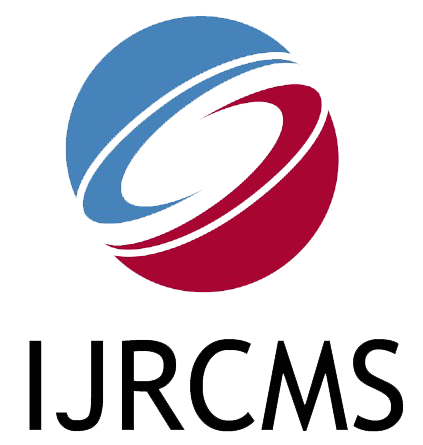| Title: INDIA’S CURRENT ACCOUNT DEFICIT SINCE 90S: THE WAY OUT |
| Authors: Dr. Preeti Singh |
| Abstract: Despite no consensus among economists on the threshold limit of the current account deficit, an ever-widening current account deficit has always been an issue of concern for policymakers. An imbalance in merchandise trade that is not covered by invisible earnings leads to current account deficits. With the exception of a few years, the Indian economy has faced deficits in its current account since the 1980s due to excessive imports accompanied by sluggish growth in exports. A large current account deficit was a key reason among many for the severe balance of payments crisis in 1991. Having no other options in sight, the country resorted to economic reforms on a massive scale in subsequent years. With economic reforms and judicious external sector policies, the country became resilient on the external front in the late 1990s. Moreover, the government realized a current account surplus for three consecutive years, i.e., from 2001-02 to 2003-04 and the current account deficit was not a cause of concern for policymakers until the advent of the global financial crisis in 2008-09. The present paper discusses the trend and composition of India’s current account since the 1990s, the reasons for expanding the current account deficit, and policy responses by the government to make the current account sustainable. |
| Keywords: Capital Inflows, Exports, Imports, Invisible Earnings, Remittances, Trade Balance |
| DOI: https://doi.org/10.38193/IJRCMS.2023.5307 |
| PDF Download |
| References: [1] Behra H.K. & Yadav I.S., “Explaining India’s Current Account Deficit: A Time Series Perspective,” Journal of Asian Business and Economic Studies, 26(1), pp. 117-138, 2019. [2] Dhar, Biswajit & Rao, C.K.S., “India’s Current Account Deficit: Causes and Cures,” Economic and Political Weekly, 49(21), pp. 41-45, 2014. [3] Economic Survey, various issues, Ministry of Finance, Government of India, New Delhi. [4] Ghose, K. Ajit, “Ballooning Current Account Deficit: What Options?” Economic and Political Weekly, 48 (34), pp.10-11, 2013. [5] Handbook of Statistics on Indian Economy, Reserve Bank of India, Mumbai, 2019-20. [6] Preeti Singh, “Capital Flows to India since the Nineties”, Economic Affairs, 58 (2), pp. 309-16, 2013. [7] Rajan Goyal, “Sustainable Level of India’s Current Account Deficit,” RBI Working Paper Series, Department of Economic and Policy Research, Reserve Bank of India, 2012. [8] Sen, Partha, “India’s Current Account Woes: An Attempt to Clarify,” Economic and Political Weekly, 48(4), pp. 14-17, 2013. |
International Journal of Research in Commerce and Management Studies (IJRCMS)
ISSN 2582-2292, An open access bi-monthly e-journal
